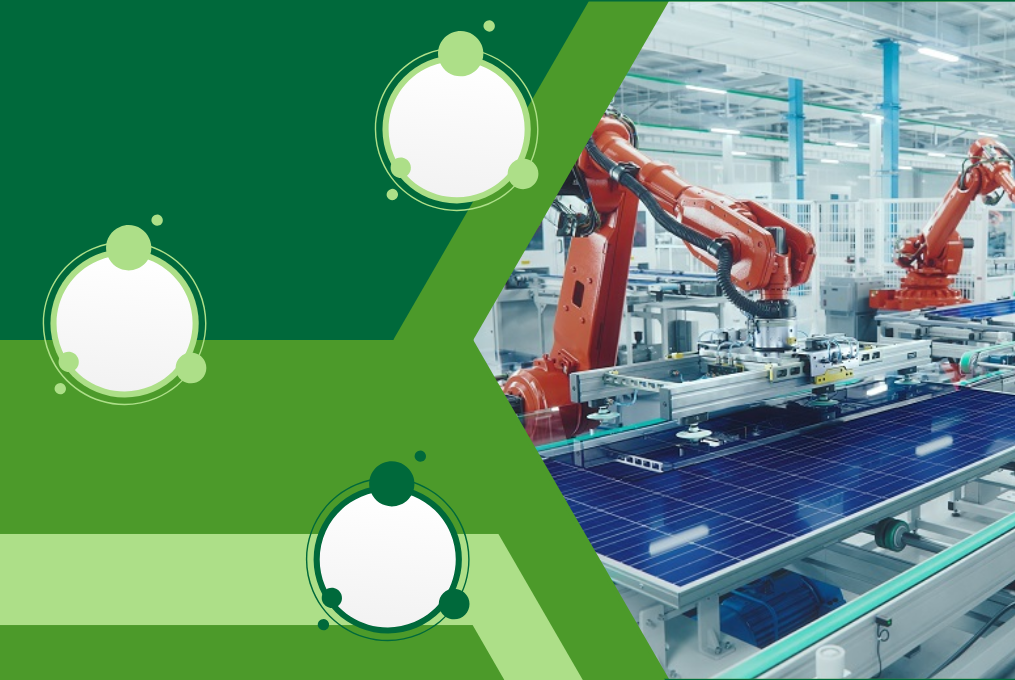The Role of Automation in Modern Machining: Improving Productivity and Accuracy

From the cars we drive to the phones we use; machines make our lives easier. But have you ever wondered how these machines are made? The answer is machining. Machining is a process where parts are made by removing material from a workpiece. This could be cutting, drilling, or shaping materials like metal, plastic, or wood. Over the years, machines have evolved a lot. One of the biggest changes has been the introduction of automation. Automation means using machines and technology to do tasks without human help. In modern machines, automation plays a huge role in improving productivity and accuracy.
What is Automation in Machining?
Automation in machines means using machines that can operate on their own, with little or no human intervention. These machines use computer programs to control their actions. For example, a CNC (Computer Numerical Control) machine can cut a piece of metal with extreme precision, following a set of instructions programmed into it.
This is very different from a traditional machine, where a human operator would manually control the machine.
Improving Productivity

One of the main benefits of automation in machines is increased productivity. Here’s how automation helps:
Faster Production: Automated machines can work much faster than humans. They don't need breaks and can work 24/7 without getting tired. This means more parts can be produced in a shorter amount of time.
Consistency: Automated machines perform the same task the same way every time. This consistency means that every part produced is the same as the last one, reducing errors and waste.
Reduced Labor Costs: With machines doing most of the work, companies need fewer workers. This reduces labor costs and allows companies to use their workforce for other important tasks that require human skills.
High Throughput: Automation allows for high-volume production. For example, in car manufacturing, robots can assemble cars quickly and efficiently, keeping up with high demand.
Improving Productivity
One of the main benefits of automation in machines is increased productivity. Here’s how automation helps:
Faster Production: Automated machines can work much faster than humans. They don't need breaks and can work 24/7 without getting tired. This means more parts can be produced in a shorter amount of time.
Consistency: Automated machines perform the same task the same way every time. This consistency means that every part produced is the same as the last one, reducing errors and waste.
Reduced Labor Costs: With machines doing most of the work, companies need fewer workers. This reduces labor costs and allows companies to use their workforce for other important tasks that require human skills.
High Throughput: Automation allows for high-volume production. For example, in car manufacturing, robots can assemble cars quickly and efficiently, keeping up with high demand.
Improving Accuracy
Accuracy is crucial in machining. Even a small error can make a part unusable. Automation helps improve accuracy in several ways:
Precision: Automated machines follow exact instructions, cutting or shaping materials with high precision. This is important for industries like aerospace and medical devices, where parts need to be very accurate.
Reduced Human Error: Humans can make mistakes, especially when they are tired or distracted. Automated machines don't get tired and can perform repetitive tasks without losing accuracy.
Advanced Technology: Modern automated machines use advanced technology like lasers and sensors to measure and cut materials with incredible accuracy. For example, laser cutting machines can make very precise cuts that would be difficult or impossible by hand.
Better Quality Control: Automated machines can include quality control checks as part of the process. This means that each part is checked for accuracy before moving on to the next stage, ensuring that only high-quality parts are produced.
Real-World Examples

Automation in machining is used in many industries. Here are a few examples:
Automotive Industry: Car manufacturers use automated robots to assemble cars. These robots can weld, paint, and put parts together with great speed and accuracy.
Aerospace Industry: Making airplane parts requires very high precision. Automated machines ensure that each part meets strict safety and quality standards.
Medical Industry: Medical devices, such as implants and surgical tools, need to be made with extreme accuracy. Automated machining ensures that these devices are made to exact specifications.
Electronics Industry: Producing electronic components, like circuit boards, requires very precise machining. Automation allows for producing tiny, complex parts essential for modern electronics.
Conclusion
Automation has revolutionized modern machining, making it faster, more accurate, and more efficient. By reducing human error, increasing production speed, and ensuring high-quality parts, automation has become an essential part of the manufacturing process.
As technology continues to advance, we can expect even more improvements in productivity and accuracy. This means better products for consumers and more efficient manufacturing processes for companies.
Automation in machining is not just a trend. It's the future of manufacturing!